Robledo Optical Observatory Versión en Ingles
Robledo Observatory
Robledo Optical Telescope, a 30cm optical telescope located at the visitors centre of the NASA Madrid Deep Space Communications Complex in Robledo de Chavela (Madrid, Spain).
Technical specifications
Telescope
LX200 12" GPS. LX200-ACF has 12" diameter f/10 ACF optics (focal length 3048mm) and Ultra-High Transmission Coatings (UHTC) for maximum image brightness and contrast.
-
12" f/10 Advanced Coma Free Optics - 3048mm focal length
-
Ultra-High Transmission Coatings (UHTC)
-
Giant Field Tripod
-
AutoStar II GOTO system
More information: Meade
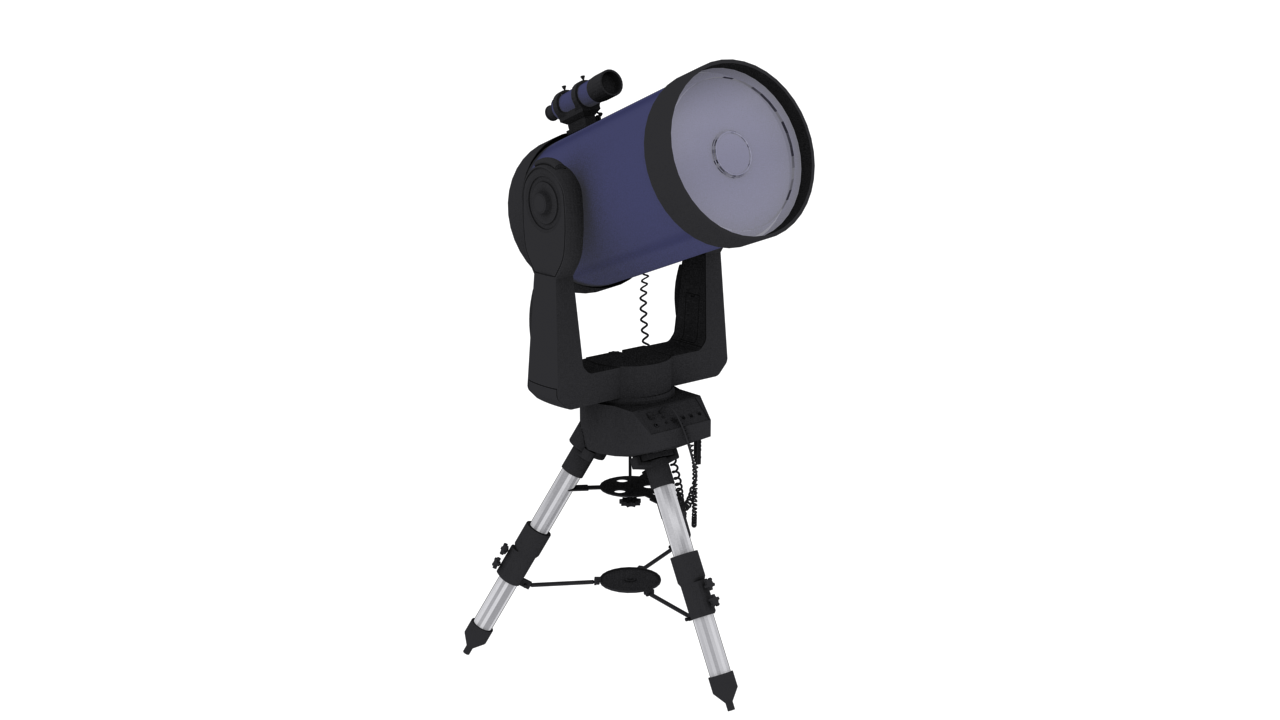
Lx200 telescope (CESAR/ESA)
CCD Camera
Sbig ST9-XE. The ST-9XE utilizes the same patented dual sensor head design integrating one CCD for self-guiding and another CCD for imaging. In the case of the ST-9XE the imaging sensor is the new Enhanced KAF-0261E detector from Kodak with 512 x 512 pixels at 20 microns square.
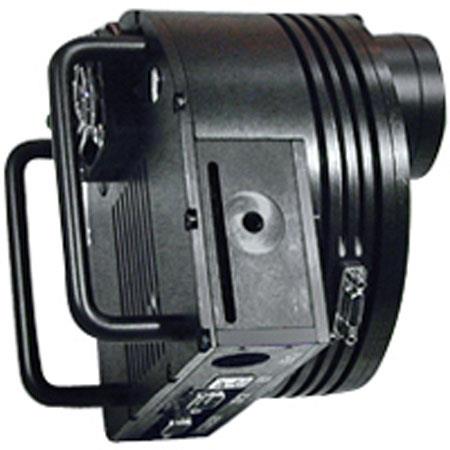
Sbig ST9-XE
The ST-9XE's 20 micron pixels subtend about 1.6 arcseconds per pixel at 100 inches focal length without binning. Just about perfect for optimum sensitivity under typical seeing conditions.


First light of Robledo telescope with Sbig camera configuration (CESAR/ESA)
More information: Sbig
Dome especifications
Astrodome 7ft. 7-foot diameter fiberglass clamshell astronomical observatories are ideal for amateur astronomers or robotic applications. The baseline 7-foot dome is opened automatically during the observation. It opens to any configuration and for celestial viewing may not have to changed all night
More information: Astrohaven
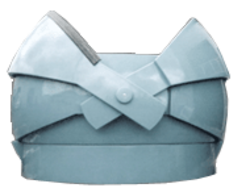
Astrohaven dome 7ft
Where is located?
Robledo Optical Telescope, a 30cm optical telescope located at the visitors centre of the NASA Madrid Deep Space Communications Complex in Robledo de Chavela (Madrid, Spain).
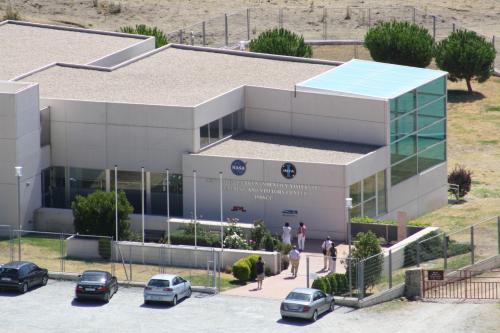
What we can observe?
This is a night telescope, we can observe any planet, galaxy, nebula, star, etc.
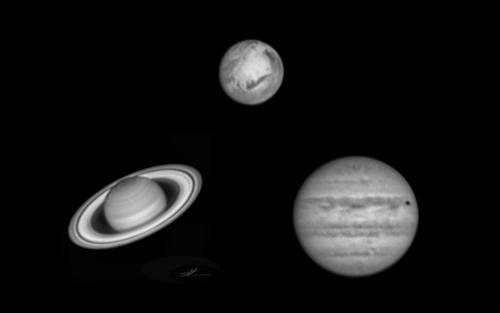
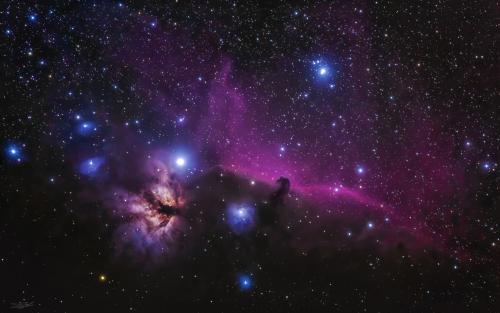
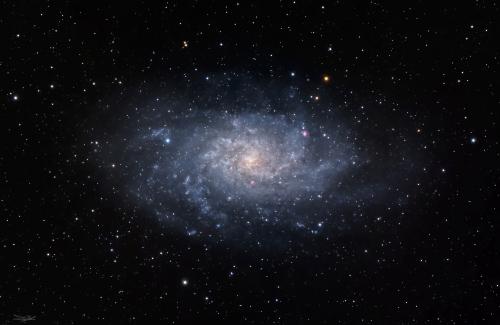
Optical photos (CESAR/ESA/Abel de Burgos)
Access to the observatory
Secondary and also primary schools will be able to access to this telescope. They will need some knowledge about sky observation, science physics, coordinates, CCD camera control (exposition, filters, ...), etc.
-
Optical observations introduction
-
Create a complete observation from school (choose the day, the sources to observe, the CCD camera parameters, etc.)
-
During the night selected the observation will be done.
-
Take the photos next day from the CESAR website and do specific scientific cases with them.
Current status
This telescope is working but we are waiting an operator to manage it with schools and create an useful database for the scientific cases (this database will be able to make the Sciencific Cases without the telescope).